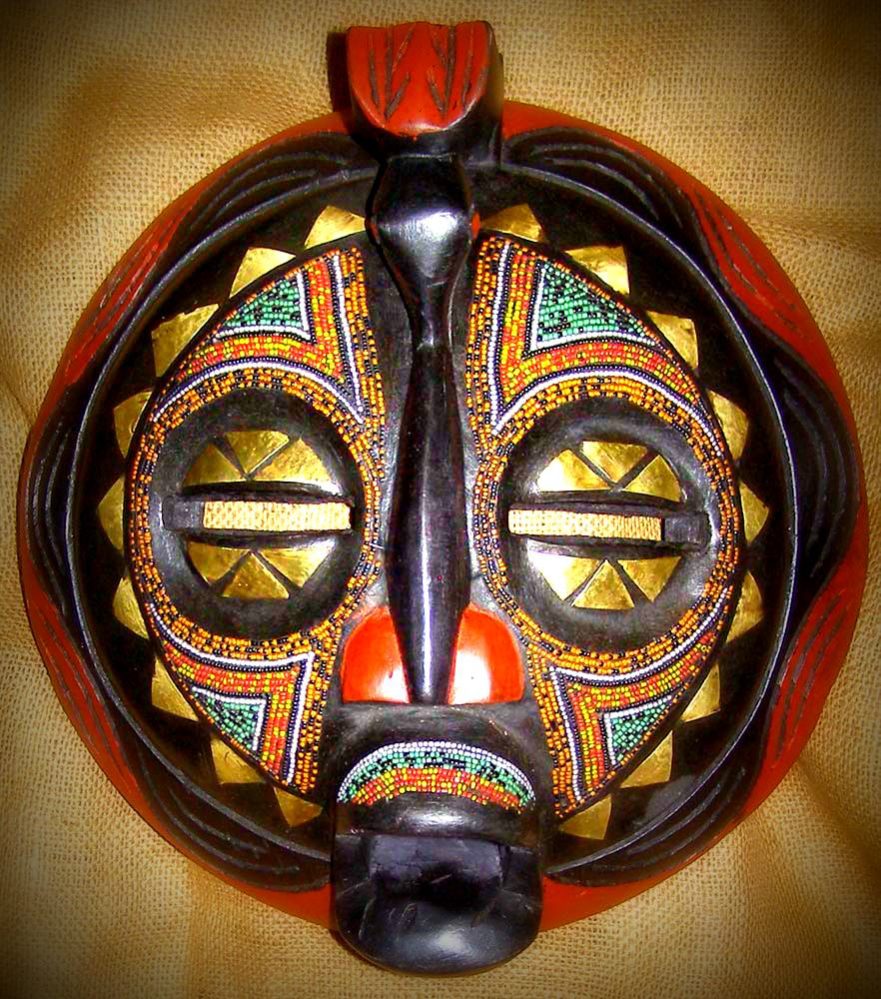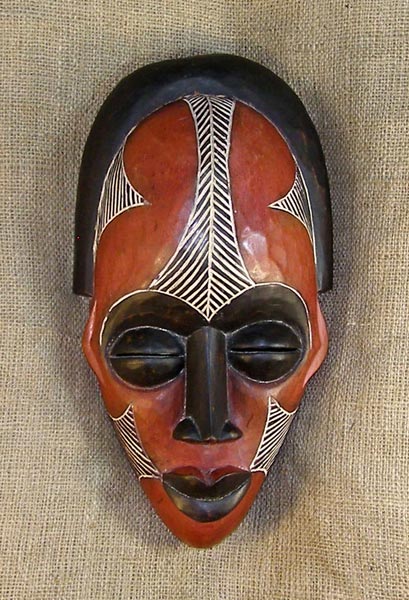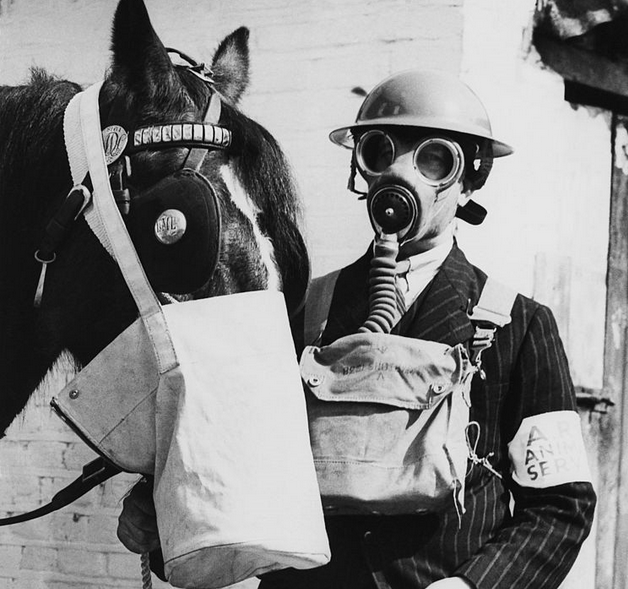African tribal masks

Traditional African masks
African tribal masks
Ritual and ceremonial masks are an essential feature of the traditional culture of the peoples of a part of Sub-Saharan Africa, e.g. roughly between the Sahara and the Kalahari Desert. While the specific implications associated to ritual masks widely vary in different cultures, some traits are common to most African cultures.
For instance, masks usually have a spiritual and religious meaning and they are used in ritual dances and social and religious events, and a special status is attributed to the artists that create masks to those that wear them in ceremonies. In most cases, mask-making is an art that is passed on from father to son, along with the knowledge of the symbolic meanings conveyed by such masks.
African masks come in all different colours, such as red, black, orange, and brown.
African tribal masks
African countries where masks are used traditionally
Traditional African masks are one of the elements of great African art that have most evidently influenced Europe and Western art in general; in the 20th century, artistic movements such as cubism, fauvism and expressionism have often taken inspiration from the vast and diverse heritage of African masks. Influences of this heritage can also be found in other traditions such as South- and Central American masked Carnival parades.
In most traditional African cultures, the person who wears a ritual mask conceptually loses his or her human life and turns into the spirit represented by the mask itself. This transformation of the mask wearer into a spirit usually relies on other practices, such as specific types of music and dance, or ritual costumes that contribute to conceal the mask-wearer’s human identity. The mask wearer thus becomes a sort of medium that allows for a dialogue between the community and the spirits (usually those of the dead or nature-related spirits).
Masked dances are a part of most traditional African ceremonies related to weddings, funerals, initiation rites, and so on. Some of the most complex rituals that have been studied by scholars are found in Nigerian cultures such as those of the Yoruba and Edo peoples, that bear some resemblances to the Western notion of theatre.
African Masks and statues of the Rasta
This African Mask from the Rastafarian people of Ethiopia measures 14.5 inches tall and is hand-carved of wood.

African tribal masks
Since every mask has a specific spiritual meaning, most traditions comprise several different traditional masks. The traditional religion of the Dogon people of Mali, for example, comprises three main cults (the Awa or cult of the dead, the Bini or cult of the communication with the spirits, and the Lebe or cult of nature); each of these has its pantheon of spirits, corresponding to 78 different types of masks overall. It is often the case that the artistic quality and complexity of a mask reflects the relative importance of the portrayed spirit in the systems of beliefs of a particular people; for example, simpler masks such as the kple kple of the Baoulé people of Côte d’Ivoire (essentially a circle with minimal eyes, mouth and horns) are associated to minor spirits.
In the early 20th Century, artists like Pablo Picasso and Andre Derain were inspired by the bold abstract designs that they discovered in African tribal masks. They collected and used these works of art to influence their own styles of Cubism and Fauvism. In effect, they used African culture to refresh the tired tradition of figure painting in Western Art.
As a result, we now tend to admire the bold design and abstract patterns of African masks through European eyes. We appreciate them as exhibits on museum walls, cut off from their original meaning and magical power. However, this is not how they were designed to be viewed.
African masks should be seen as part of a ceremonial costume. They are used in religious and social events to represent the spirits of ancestors or to control the good and evil forces in the community. They come to life, possessed by their spirit in the performance of the dance, and are enhanced by both the music and atmosphere of the occasion. Some combine human and animal features to unite man with his natural environment. This bond with nature is of great importance to the African and through the ages masks have always been used to express this relationship.
3D Tribal Mask (3D scanned)

Links:
https://en.wikipedia.org/wiki/Traditional_African_masks
http://www.artyfactory.com/africanmasks/information/african-mask-functions.htm
http://www.genuineafrica.com/African-Masks-Rasta-Mask-14.htm
https://www.turbosquid.com/3d-models/3d-african-tribal-mask-scanned-1269657
See also: Ritual masks, Character masks
